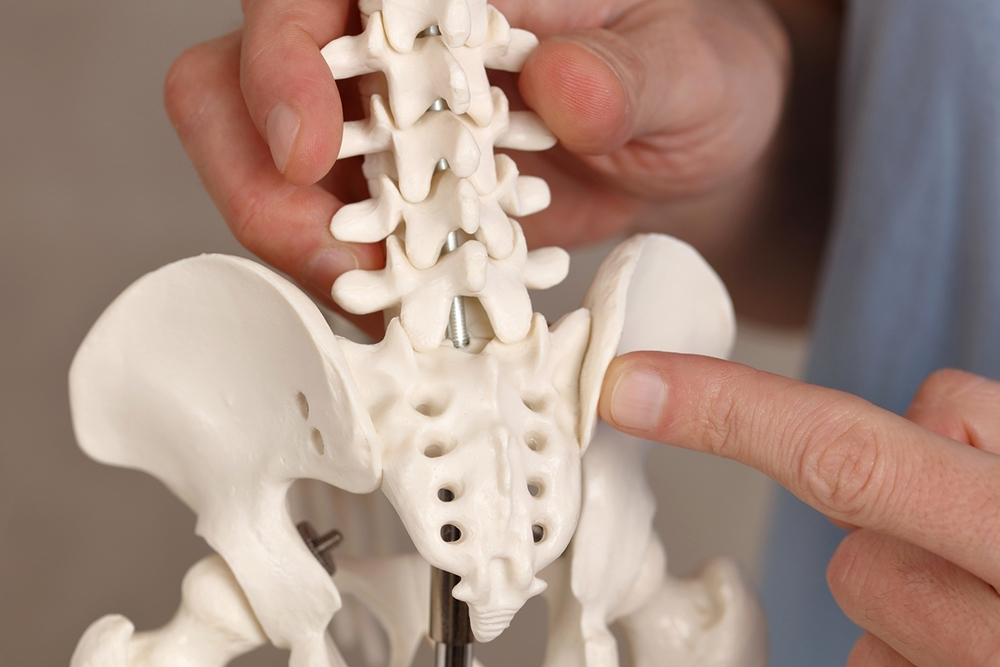Top Strategies for Managing Persistent Pain
Explore effective methods for managing chronic pain, including radiofrequency therapy, injections, medications, and natural therapies. Early treatment can improve quality of life and prevent complications, so consult your healthcare provider for personalized solutions. This comprehensive guide covers various options to help you find relief from persistent discomfort and regain active living.

Top Strategies for Managing Persistent Pain
Understanding Chronic Pain
Pain typically emerges after injuries like muscle tears or other damage, often subsiding within days with rest or medication. This type is called acute pain. Conversely, when pain persists for months or years, it is classified as chronic pain, usually resulting from long-term injuries or aging processes.
Chronic discomfort can drastically affect sleep, mood, and overall well-being, leading to fatigue, anxiety, and depression. Addressing ongoing pain early is crucial to prevent complications.
Common Treatment Options for Chronic Pain
Several approaches are effective in alleviating and managing long-term pain, including:
Radiofrequency Therapy: This method targets nerves transmitting pain signals, destroying or modulating nerve activity to reduce discomfort. Using imaging techniques like X-rays, doctors precisely focus on the problematic nerves under local anesthesia, disrupting pain transmission.
Injectable Steroids: Steroid injections directly into painful regions provide relief. These shots often combine local anesthetics to numb nerves and steroids to decrease inflammation. Types include:
Nerve Root Blocks: Effective for pain radiating to arms or legs by targeting spinal nerves.
Trigger Point Injections: Administered into tight muscle spots to relieve knots that press on nerves, causing referred pain.
Opioids: Narcotic medications like Fentanyl, Oxycodone, and Morphine help block pain signals but require careful use due to potential side effects such as drowsiness, constipation, and risk of addiction.
Antidepressants: While primarily used for mood disorders, certain antidepressants (like Amitriptyline or Doxepin) can help decrease nerve-related pain over time by influencing neurotransmitter levels in the spinal cord. Their effects develop gradually over weeks.
Complementary Therapies: Natural methods such as physical therapy, acupuncture, and tailored exercises play a vital role in pain management. Physical therapy may involve cold or heat application, while acupuncture uses fine needles to stimulate endorphin release. Customized movement routines enhance pain tolerance and reduce discomfort.
Seek medical advice at the first signs of persistent pain for appropriate treatment. Early intervention can significantly improve quality of life.










